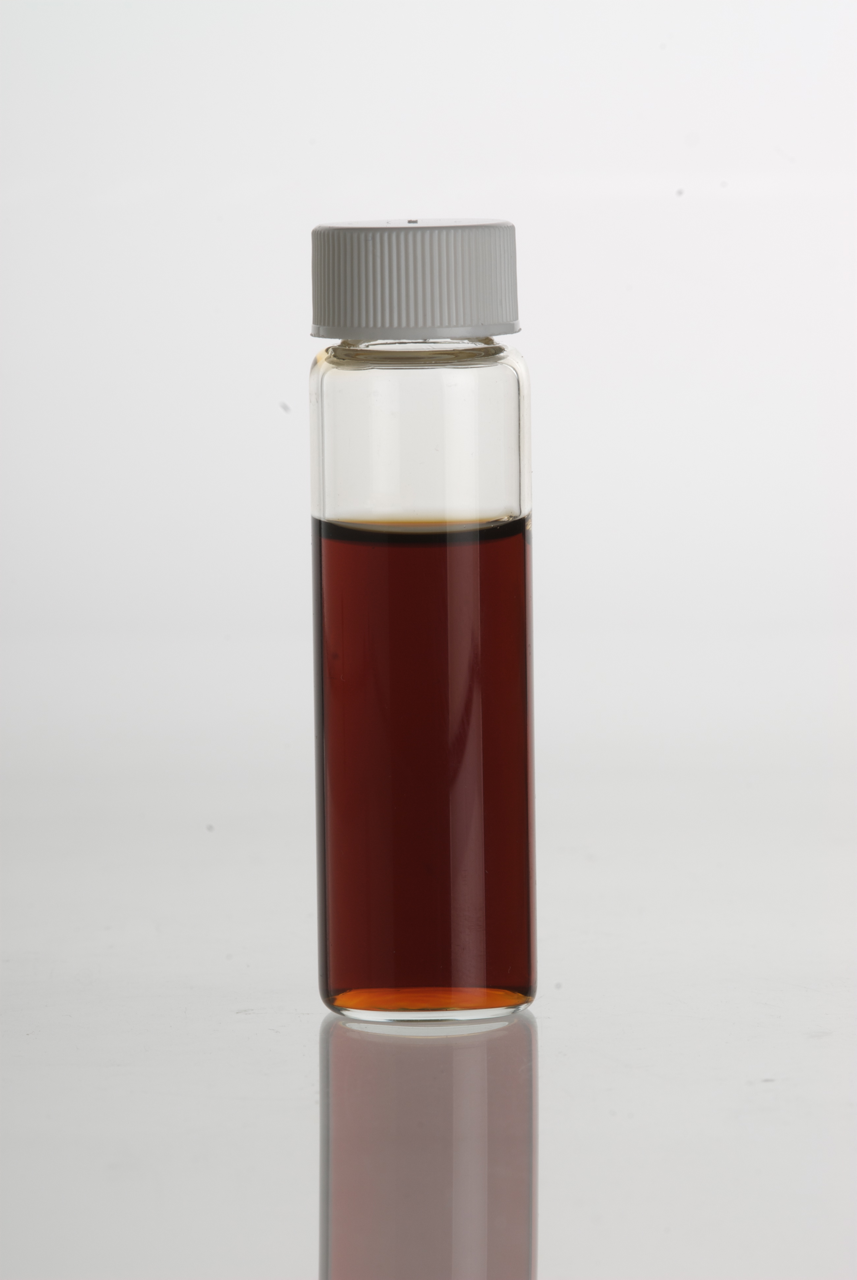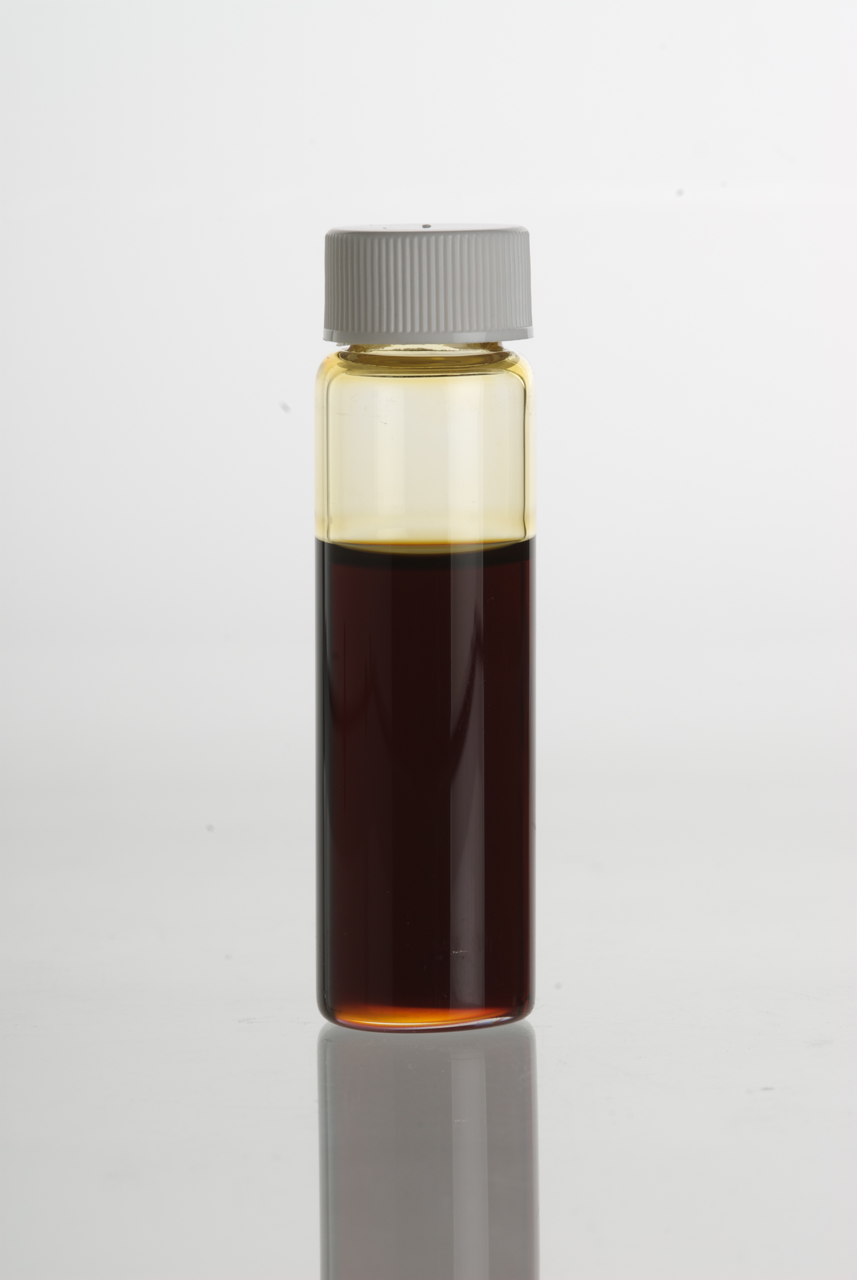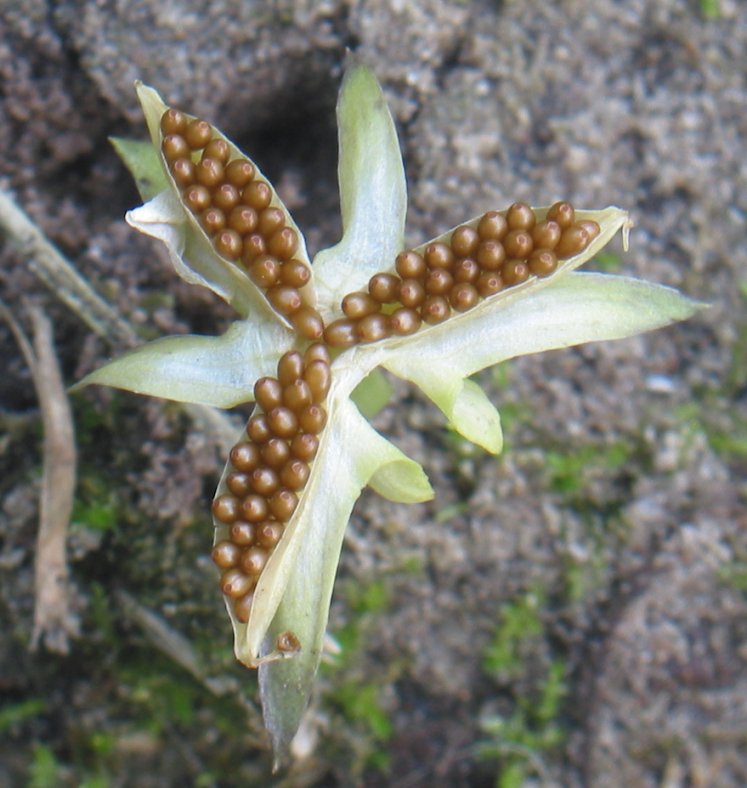|
Extract
An extract is a substance made by extracting a part of a raw material, often by using a solvent such as ethanol, oil or water. Extracts may be sold as tinctures, absolutes or in powder form. The aromatic principles of many spices, nuts, herbs, fruits, etc., and some flowers, are marketed as extracts, among the best known of true extracts being almond, cinnamon, cloves, ginger, lemon, nutmeg, orange, peppermint, pistachio, rose, spearmint, vanilla, violet, rum, and wintergreen. Extraction techniques Most natural essences are obtained by extracting the essential oil from the feedstock, such as blossoms, fruit, and roots, or from intact plants through multiple techniques and methods: * Expression ( juicing, pressing) involves physical extraction material from feedstock, used when the oil is plentiful and easily obtained from materials such as citrus peels, olives, and grapes. * Absorption ( steeping, decoction). Extraction is done by soaking material in ... [...More Info...] [...Related Items...] OR: [Wikipedia] [Google] [Baidu] |
Extraction (chemistry)
Extraction in chemistry is a separation process consisting of the separation of a substance from a matrix. Common examples include '' liquid-liquid extraction'', and '' solid phase extraction''. The distribution of a solute between two phases is an equilibrium condition described by partition theory. This is based on exactly how the analyte moves from the initial solvent into the extracting solvent. The term ''washing'' may also be used to refer to an extraction in which impurities are extracted from the solvent containing the desired compound. Types of extraction * Liquid–liquid extraction * Solid-phase extraction * Acid-base extraction * Supercritical fluid extraction * Ultrasound-assisted extraction * Heat reflux extraction * Mechanochemical-assisted extraction * Maceration * Microwave-assisted extraction * Instant controlled pressure drop extraction (DIC, from the French, Détente instantanée contrôlée) * Perstraction Laboratory applications and examples L ... [...More Info...] [...Related Items...] OR: [Wikipedia] [Google] [Baidu] |
Essential Oil
An essential oil is a concentrated hydrophobic liquid containing Volatility (chemistry), volatile (easily evaporated at normal temperatures) chemical compounds from plants. Essential oils are also known as volatile oils, ethereal oils, aetheroleum, or simply as the oil of the plant from which they were extracted, such as oil of clove. An essential oil is essential in the sense that it contains the essence of the plant's fragrance—the characteristic fragrance of the plant from which it is derived. The term "essential" used here does ''not'' mean indispensable or usable by the human body, as with the terms essential amino acid or essential fatty acid, which are so called because they are nutritionally required by a living organism. Essential oils are generally extracted by distillation, often steam distillation, by using steam. Other processes include Ram press (food), expression, Liquid-liquid extraction, solvent extraction, ''sfumatura'', Absolute (perfumery), absolute oil ext ... [...More Info...] [...Related Items...] OR: [Wikipedia] [Google] [Baidu] |
Vanilla Extract
Vanilla extract is a solution made by macerating and percolating vanilla pods in a solution of ethanol and water. It is considered an essential ingredient in many Western desserts, especially baked goods like cakes, cookies, brownies, and cupcakes, as well as custards, ice creams, and puddings. Although its primary flavor compound is vanillin, pure vanilla extract contains several hundred additional flavor compounds, which are responsible for its complex, deep flavor. By contrast, artificial vanilla flavor is solely made up of artificially-derived vanillin, which is frequently made from a by-product of the wood pulp industry. Because of the way that vanilla extract is made (i.e. by macerating naturally brown vanilla beans in alcohol), there is no possible way for it to be colorless or clear. Therefore, any clear vanilla flavoring is artificial. Vanilla extract is the most common form of vanilla used today. Madagascar, Mexican, Tahitian, Indonesian, and Ugandan vanilla beans ... [...More Info...] [...Related Items...] OR: [Wikipedia] [Google] [Baidu] |
Vanilla
Vanilla is a spice derived from orchids of the genus ''Vanilla (genus), Vanilla'', primarily obtained from pods of the Mexican species, flat-leaved vanilla (''Vanilla planifolia, V. planifolia''). Pollination is required to make the plants produce the fruit from which the vanilla spice is obtained. In 1837, Belgian botanist Charles François Antoine Morren discovered this fact and pioneered a method of artificially pollinating the plant. The method proved financially unworkable and was not deployed commercially. In 1841, Edmond Albius, a 12-year-old enslaved child who lived on the French island of Réunion in the Indian Ocean, discovered that the plant could be hand-pollination, hand-pollinated. Hand-pollination allowed global cultivation of the plant. Noted French botanist and plant collector Jean Michel Claude Richard falsely claimed to have discovered the technique three or four years earlier. By the end of the 20th century, Albius was considered the true discoverer ... [...More Info...] [...Related Items...] OR: [Wikipedia] [Google] [Baidu] |
Juicing
Juicing is the process of extracting juice from plant tissues such as fruit or vegetables. Overview There are many methods of juicing, from squeezing fruit by hand to wide-scale extraction with industrial equipment. Juicing is generally the preferred method of consuming large amounts of produce quickly and is often completed with a household appliance called a juicer, which may be as simple as a cone upon which fruit is mashed or as sophisticated as a variable-speed, motor-driven device. It may also refer to the act of extracting and then drinking juice or those who extract the juice. Juicing is different from buying juice in the supermarket because it focuses on fresh pressed fruits and vegetables. Residential juicing is often practiced for dietary reasons or as a form of alternative medicine. Becoming first popular in the early 1970s, interest in juicing has since increased. Films such as '' Fat, Sick and Nearly Dead'', '' Food Matters'', and ''Hungry for Change'' have i ... [...More Info...] [...Related Items...] OR: [Wikipedia] [Google] [Baidu] |
Cooking Oil
Cooking oil is plant, animal, or synthetic liquid fat used in frying, baking, and other types of cooking. It is also used in food preparation and flavoring not involving heat, such as salad dressings and bread dips, and may be called edible oil. Cooking oil is typically a liquid at room temperature, although some oils that contain saturated fat, such as coconut oil, palm oil and palm kernel oil are solid. There are a wide variety of cooking oils from plant sources such as olive oil, palm oil, soybean oil, canola oil ( rapeseed oil), corn oil, peanut oil and other vegetable oils, as well as animal-based oils like butter and lard. Oil can be flavored with aromatic foodstuffs such as herbs, chillies or garlic. Cooking spray is an aerosol of cooking oil. Health and nutrition While consumption of small amounts of saturated fats is common in diets, meta-analyses found a significant correlation between ''high consumption'' of saturated fats and blood LDL concen ... [...More Info...] [...Related Items...] OR: [Wikipedia] [Google] [Baidu] |
Absolute (perfumery)
Used in perfumery and aromatherapy, absolutes are similar to essential oils. They are concentrated, highly aromatic, oily mixtures extracted from plants. Whereas essential oils are produced by distillation, boiling or pressing, absolutes are produced through solvent extraction, or more traditionally, through enfleurage. Production First, plant material is extracted with a hydrocarbon solvent, such as hexane, to yield a concrete. The concrete is then extracted with ethanol. The ethanol extract is cooled (e.g., to −15 °C) to solidify waxes, and cold filtered to yield a liquid extract. When the ethanol evaporates, an oil—the absolute—is left behind. Traditionally, the absolute was obtained by enfleurage, where the resulting pommade was extracted with ethanol to yield the absolute. Character and use Some raw materials are either too delicate or too inert to be steam-distilled and can only yield their aroma through solvent extraction. Examples of these are jasmine an ... [...More Info...] [...Related Items...] OR: [Wikipedia] [Google] [Baidu] |
Tincture
A tincture is typically an extract of plant or animal material dissolved in ethanol (ethyl alcohol). Solvent concentrations of 25–60% are common, but may run as high as 90%.Groot Handboek Geneeskrachtige Planten by Geert Verhelst In chemistry, a tincture is a solution that has ethanol as its solvent. In herbal medicine, alcoholic tinctures are made with various ethanol concentrations, which should be at least 20% alcohol for preservation purposes. Other solvents for producing tinctures include vinegar, glycerol (also called glycerine), diethyl ether and propylene glycol, not all of which can be used for internal consumption. Ethanol has the advantage of being an excellent solvent for both acidic and basic (alkaline) constituents. A tincture using glycerine is called a glycerite. Glycerine is generally a poorer solvent than ethanol. Vinegar, being acidic, is a better solvent for obtaining alkaloids but a poorer solvent for acidic components. For individuals who choose not ... [...More Info...] [...Related Items...] OR: [Wikipedia] [Google] [Baidu] |
Ethanol
Ethanol (abbr. EtOH; also called ethyl alcohol, grain alcohol, drinking alcohol, or simply alcohol) is an organic compound. It is an alcohol with the chemical formula . Its formula can be also written as or (an ethyl group linked to a hydroxyl group). Ethanol is a volatile, flammable, colorless liquid with a characteristic wine-like odor and pungent taste. It is a psychoactive recreational drug, the active ingredient in alcoholic drinks. Ethanol is naturally produced by the fermentation process of sugars by yeasts or via petrochemical processes such as ethylene hydration. It has medical applications as an antiseptic and disinfectant. It is used as a chemical solvent and in the synthesis of organic compounds, and as a fuel source. Ethanol also can be dehydrated to make ethylene, an important chemical feedstock. As of 2006, world production of ethanol was , coming mostly from Brazil and the U.S. Etymology ''Ethanol'' is the systematic name defined by the Interna ... [...More Info...] [...Related Items...] OR: [Wikipedia] [Google] [Baidu] |
Cloves
Cloves are the aromatic flower buds of a tree in the family Myrtaceae, ''Syzygium aromaticum'' (). They are native to the Maluku Islands (or Moluccas) in Indonesia, and are commonly used as a spice, flavoring or fragrance in consumer products, such as toothpaste, soaps, or cosmetics. Cloves are available throughout the year owing to different harvest seasons across various countries. Etymology The word ''clove'', first used in English in the 15th century, derives via Middle English ''clow of gilofer'', Anglo-French ''clowes de gilofre'' and Old French ''clou de girofle'', from the Latin word ''clavus'' "nail". The related English word ''gillyflower'', originally meaning "clove", derives via said Old French ''girofle'' and Latin ''caryophyllon'', from the Greek ''karyophyllon'' "clove", literally "nut leaf". Botanical features The clove tree is an evergreen that grows up to tall, with large leaves and crimson flowers grouped in terminal clusters. The flower buds initially ... [...More Info...] [...Related Items...] OR: [Wikipedia] [Google] [Baidu] |
Violet (plant)
''Viola'' is a genus of flowering plants in the violet family Violaceae. It is the largest genus in the family, containing between 525 and 600 species. Most species are found in the temperate Northern Hemisphere; however, some are also found in widely divergent areas such as Hawaii, Australasia, and the Andes. Some ''Viola'' species are perennial plants, some are annual plants, and a few are small shrubs. Many species, varieties and cultivars are grown in gardens for their ornamental flowers. In horticulture the term pansy is normally used for those multi-colored, large-flowered cultivars which are raised annually or biennially from seed and used extensively in bedding. The terms viola and violet are normally reserved for small-flowered annuals or perennials, including the wild species. Description Annual or perennial caulescent or acaulescent (with or without a visible plant stem above the ground) herbs, shrubs or very rarely treelets. In acaulescent taxa the foliage and ... [...More Info...] [...Related Items...] OR: [Wikipedia] [Google] [Baidu] |
Water
Water (chemical formula ) is an inorganic, transparent, tasteless, odorless, and nearly colorless chemical substance, which is the main constituent of Earth's hydrosphere and the fluids of all known living organisms (in which it acts as a solvent). It is vital for all known forms of life, despite not providing food, energy or organic micronutrients. Its chemical formula, H2O, indicates that each of its molecules contains one oxygen and two hydrogen atoms, connected by covalent bonds. The hydrogen atoms are attached to the oxygen atom at an angle of 104.45°. "Water" is also the name of the liquid state of H2O at standard temperature and pressure. A number of natural states of water exist. It forms precipitation in the form of rain and aerosols in the form of fog. Clouds consist of suspended droplets of water and ice, its solid state. When finely divided, crystalline ice may precipitate in the form of snow. The gaseous state of water is steam or water vapor. W ... [...More Info...] [...Related Items...] OR: [Wikipedia] [Google] [Baidu] |


.jpg)




